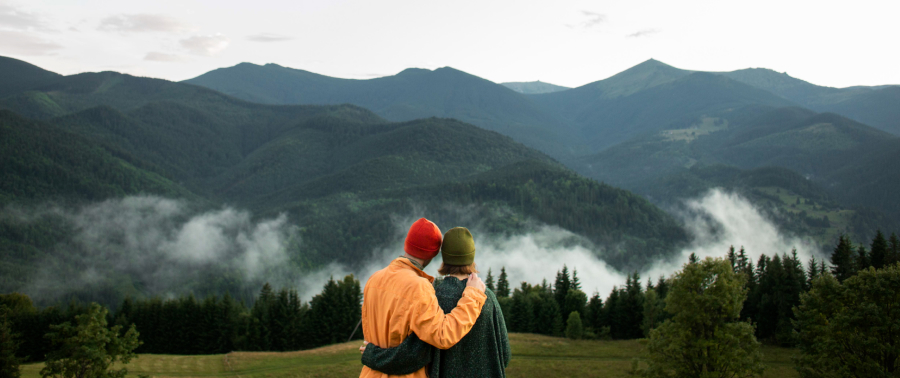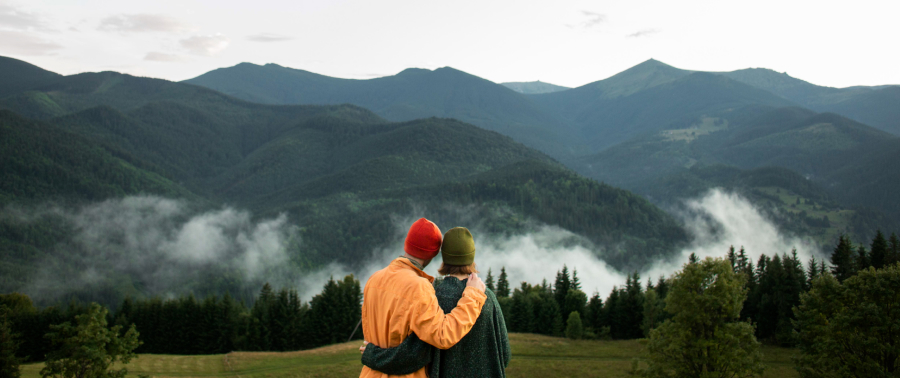

Astăzi dorim să vă împărtășim povestea Greenpeace – o organizație internațională care a devenit simbolul activismului ecologic, al speranței și al credinței neclintite într-un viitor mai bun pentru planeta noastră.
Poate o barcă modestă să schimbe lumea? Surprinzător, da. De la o astfel de expediție curajoasă a început istoria uneia dintre cele mai influente mișcări ecologice ale timpurilor noastre.
Originile mișcării: de la o barcă – la un impact global
În 1971, un grup de activiști canadieni din Vancouver a pornit la drum pe vasul de pescuit Phyllis Cormack (ulterior redenumit Greenpeace), cu scopul de a opri testele nucleare ale SUA pe insula Amchitka.
Un gest aparent mic a devenit scânteia unei mișcări mondiale – o luptă pentru o planetă curată, pentru dreptate și pace. Greenpeace s-a transformat rapid într-o comunitate globală care unește milioane de oameni.
“Gândește global, acționează local”
Acest slogan a devenit un punct de referință pentru activiștii de mediu din întreaga lume. Numele Greenpeace aduce împreună două idei – “lume verde” și “pace” – reflectând perfect filosofia mișcării: armonia dintre om și natură.
Direcțiile principale ale Greenpeace
- Protejarea oceanelor și pădurilor: combaterea pescuitului ilegal, a vânătorii de balene și a defrișărilor masive.
- Combaterea schimbărilor climatice: trecerea la energie regenerabilă și opoziția față de marile industrii poluante.
- Conservarea biodiversității: protejarea speciilor vulnerabile și limitarea utilizării necontrolate a OMG-urilor.
- Dezarmarea nucleară: o misiune istorică, rămasă importantă și astăzi.
Greenpeace nu este doar activism, ci un exemplu puternic care arată că o singură acțiune hotărâtă poate schimba direcția istoriei.
Eforturile organizației au contribuit la interzicerea vânătorii comerciale de balene, la crearea multor rezervații marine și la creșterea nivelului global de conștientizare ecologică.
De la protest – la filosofia dezvoltării durabile
Ceea ce a fost cândva un protest radical s-a transformat într-un fundament al gândirii durabile la nivel mondial, inclusiv în industria turismului. Greenpeace a demonstrat că problemele ecologice sunt reale și urgente, iar soluțiile necesită implicarea fiecăruia dintre noi. Abordarea lor – activă, transparentă și responsabilă – a inspirat numeroase inițiative de sustenabilitate în diverse domenii, inclusiv în turism.
Tot mai mulți călători aleg experiențe ecologice, care protejează natura, sprijină comunitățile locale și păstrează autenticitatea regiunilor. Nu este o tendință trecătoare – ci o alegere conștientă. Iar principiile Greenpeace au modelat filosofia turismului responsabil de astăzi.
Bukovel în armonie cu Carpații
Ca cel mai mare resort turistic din Ucraina și Europa de Est, ne asumăm responsabilitatea pentru protejarea ecosistemului carpatin. La Bukovel credem că turismul de succes este posibil doar atunci când merge mână în mână cu natura.
Pașii noștri spre responsabilitate ecologică
- Reducerea emisiilor: tehnologii eficiente energetic și infrastructură pentru vehicule electrice.
- Utilizarea responsabilă a resurselor: programe de economisire a apei și energiei, sisteme moderne de sortare a deșeurilor.
- Protecția biodiversității: conservarea speciilor locale, colaborare cu organizații de mediu.